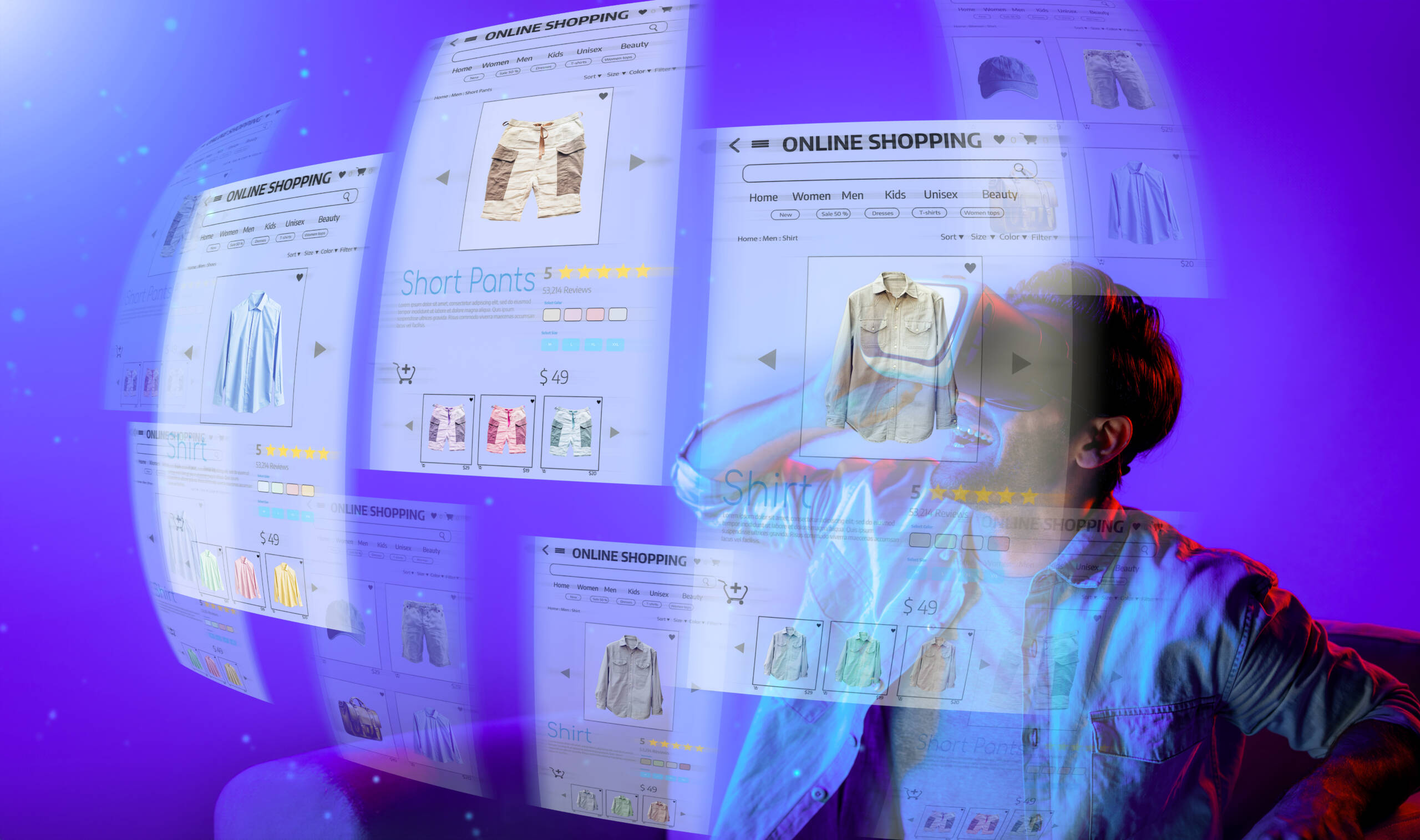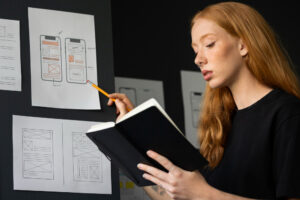Remember those days when a phone was just for calling and texting? Yes, times have changed and technology has transformed the way we interact with the world. From the early days of clunky desktop computers to the sleek smartphones we carry in our pockets today, the evolution of user experience (UX) design has been nothing short of remarkable.
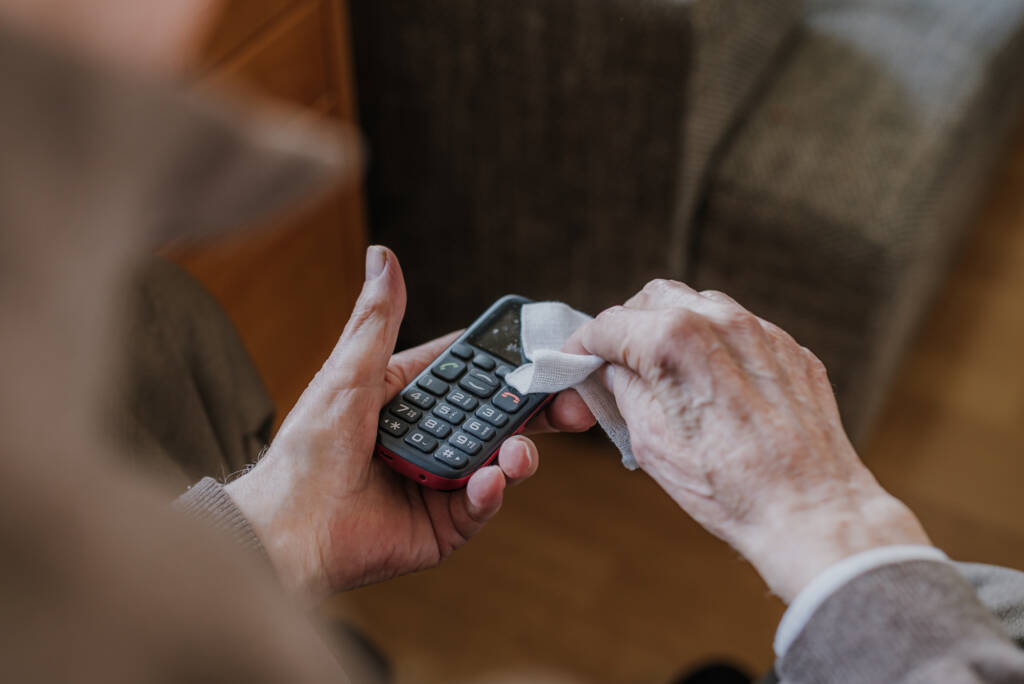
It’s not just about making things look pretty anymore. From super apps that do everything to AI-powered creativity, the future of UX is both exciting and a bit challenging. Plus, there’s a growing push for eco-friendly design, which means designers need to think about how their digital products impact the environment.
It’s a tightrope walk for UX designers. They have to balance tech, what users want, and doing the right thing. The goal? Digital experiences that are not just practical and pretty, but also sustainable and emotionally satisfying.
In this blog, we’ll explore some of the most significant trends shaping the future of UX and how they’re redefining the way we interact with digital products.
Rise of Super Apps: A Double-edged Sword
The concept of “super apps” has gained significant traction in recent years. Research and consulting firm Gartner expects more than 50% of the global population to actively use multiple super apps by 2027.

Super apps seamlessly integrate diverse functionalities, from payments and ride-hailing to social media and gaming. While they offer personalized experiences, there’s also a risk of users getting too hooked. And smaller businesses might struggle to compete with these digital giants.
It also presents unique challenges for user experience designers. How can we ensure that these complex apps remain intuitive and easy to navigate? So, super apps are a double-edged sword: they can be amazing, but they also come with challenges.
AI: Designer’s Assistant (Not Replacement)
Don’t worry, designers! AI isn’t here to steal your jobs. Instead, it’s like a super-powered sidekick that helps you work smarter, not harder. Tools like Dall-E 2 and Jasper are showing us how AI can boost creativity and efficiency.
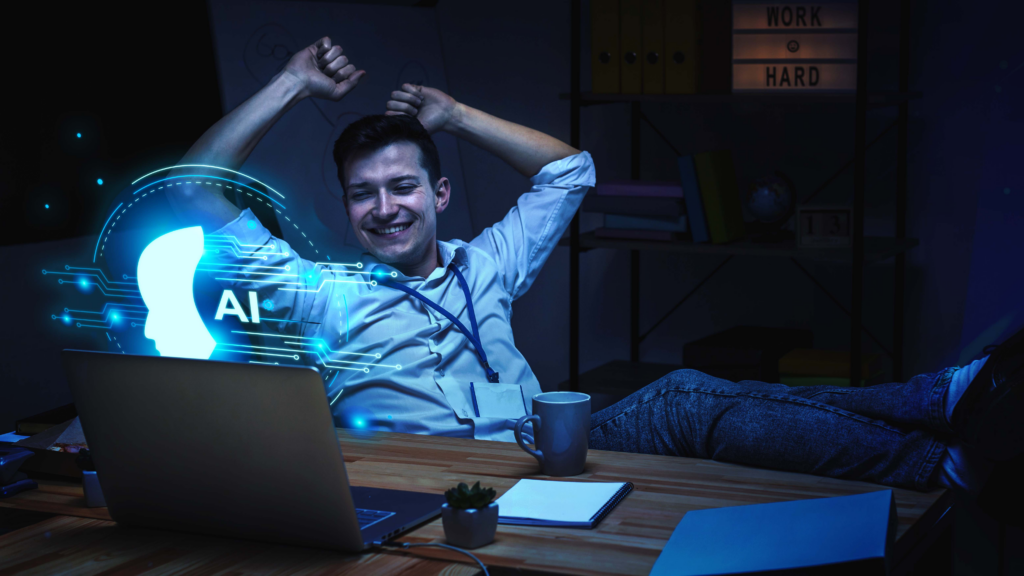
Artificial Intelligence (AI) is revolutionizing content creation, offering new possibilities for creating wireframes, conducting user research, and even generating design concepts. However, it’s important to remember that AI is a complement to human creativity, not a replacement.
AI is just a tool. It’s up to designers to use it wisely. The key is finding the right balance between human intuition and AI’s power. When used correctly, AI can be a game-changer for UX design.
Microcopy: Little Things Make a Big Difference
Words matter, even the small details. Microcopy—the tiny bits of text that guide users through an interface—plays a big role in shaping the overall user experience. A well-crafted microcopy can make a complex task feel simple and intuitive.
Take a look at Airbnb’s and Google Travel’s search bars. Notice how the wording is slightly different? Those small differences can significantly influence how users feel and what they do with the search functionality.
To get microcopy right, designers and writers need to work together. Every word should fit perfectly into the overall experience. It’s like putting together a puzzle where every piece counts.
Cross-Platform UX: A Necessity, Not a Trend
In today’s world, users expect a seamless experience across all devices. Whether they’re using a smartphone, tablet, or desktop computer, they want their apps and websites to look and feel consistent.
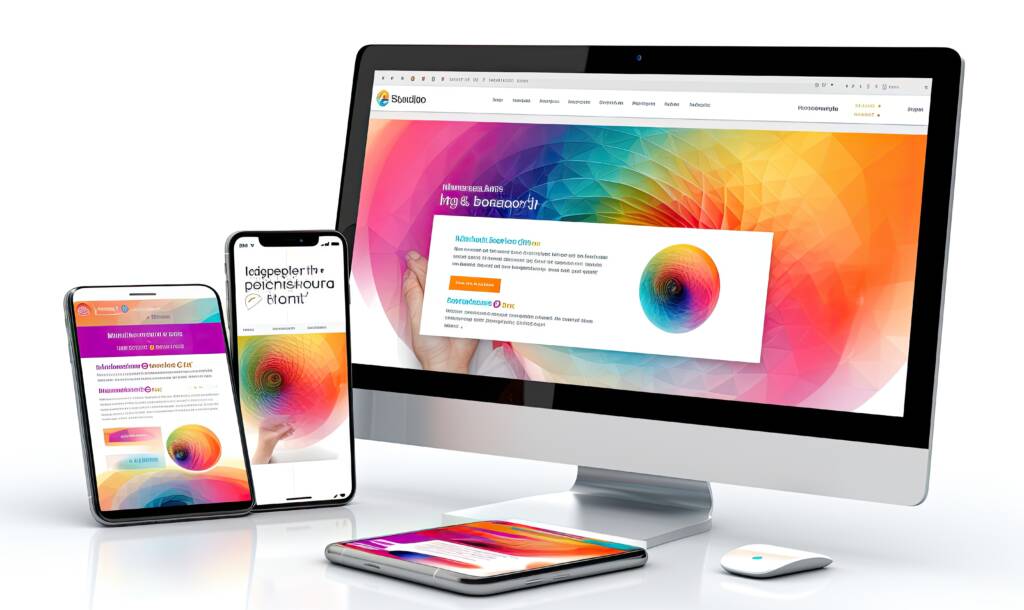
Apps like Instagram and YouTube show us how it’s done. They look and feel great on any screen, without sacrificing the brand’s identity. Responsive and adaptive design is no longer an option; it’s a must. Your users deserve the best, no matter where they’re accessing your product.
Location-Based UX: Personalize the Experience
Leveraging users’ geographic location data, AI can provide highly personalized experiences. Imagine having a digital assistant that knows exactly where you are and what you like. That’s the power of location-based UX. It can make digital products feel more relevant and engaging.
Think about getting restaurant suggestions based on your current location and taste preferences. Or finding nearby events that match your interests. Location-based UX is the future of personalized digital experiences. It’s all about making things easier and more convenient.
Planet-Centric Design: A Sustainable New Direction
As we become more aware of the environmental impact of technology, there’s a growing demand for sustainable digital products. That’s where this critical new dimension in user experience design comes in. This approach requires systemic thinking, transparency, and accountability, extending design responsibilities beyond user satisfaction to global sustainability.
Planet-centric design takes takes a holistic view of design, from start to finish. The entire lifecycle of a product, from its creation to its disposal. This includes minimizing energy consumption, reducing waste, and promoting ethical sourcing.
And it’s not just about big changes; even micro-interactions play a vital role in aligning design processes with these principles. By choosing eco-conscious options, designers can help create a greener digital world.
Typography: More Than Just Readability
Choosing a font isn’t just about making things readable. It can convey brand personality, evoke emotions, and even influence user behavior. Expressive typography can create interfaces that are visually appealing and emotionally resonant.
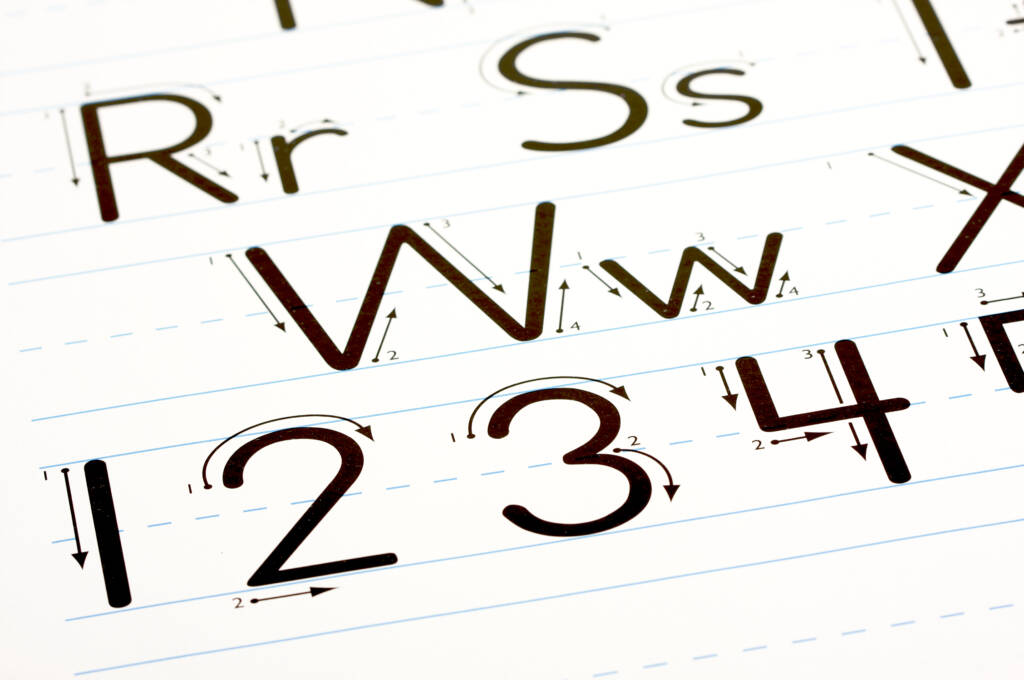
The right font sets the tone for an entire experience. A playful font can make a website feel fun and friendly, while a classic serif font can convey sophistication and trust. And don’t forget accessibility. Designers must ensure that their font choices are easy to read for people with visual impairments.
Emotionally Intelligent Design: Clicks That Connect
Making things work well isn’t enough; make your users connect well with your design. Emotionally engaging UX makes people feel the need to take action – whether it is clicking on that ‘Buy’ button or taking the time to read your offers section.
By using tools that measure emotions, designers can get a better sense of how users are reacting to their designs. Incorporate empathy into the design process and make adjustments that are more in tune with the reactions.
Empathetic interaction involves designing interfaces that adapt to users’ emotional states, offering a more personalized and sensitive user experience.
Generative Design: AI Meets Creativity
It’s like like having a super-smart assistant that helps you brainstorm and create unique designs. By using algorithms to generate design options based on specific constraints, designers can explore a wider range of possibilities and create innovative solutions.
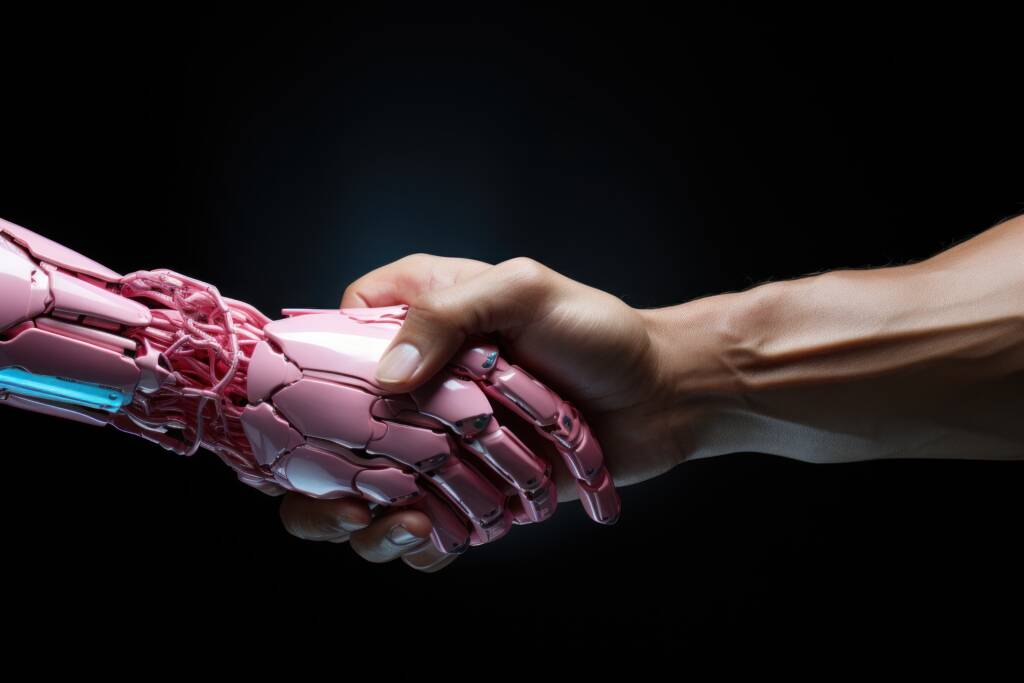
Generative design is the future of UI/UX, and it’s already making a big impact. AI-powered tools can generate design options based on user data and preferences, creating dynamic experiences that adapt to how people use your product. It’s designs that evolve with user interaction and feedback.
3D Visual Elements: Bringing Digital Worlds to Life
The integration of 3D elements into UI/UX design is adding a new level of depth and realism to digital interfaces. For example, navigating a virtual world or interacting with products that look like they’re right in front of you.
Tools like WebGL for interactive 3D and 2D graphics, help create immersive experiences that make digital products more engaging and memorable.
Gestures: The Future of Interaction
Forget about tapping and swiping. Gestures are changing the way we interact with our digital devices. Like having a natural conversation with technology. Seamless integration of physical interaction with digital experiences ensures convenience and heightened usability
Features like “Back Tap” on iOS are just the beginning. Imagine controlling your devices with simple hand movements. It’s intuitive, it’s fun, and it’s the future of UX design.
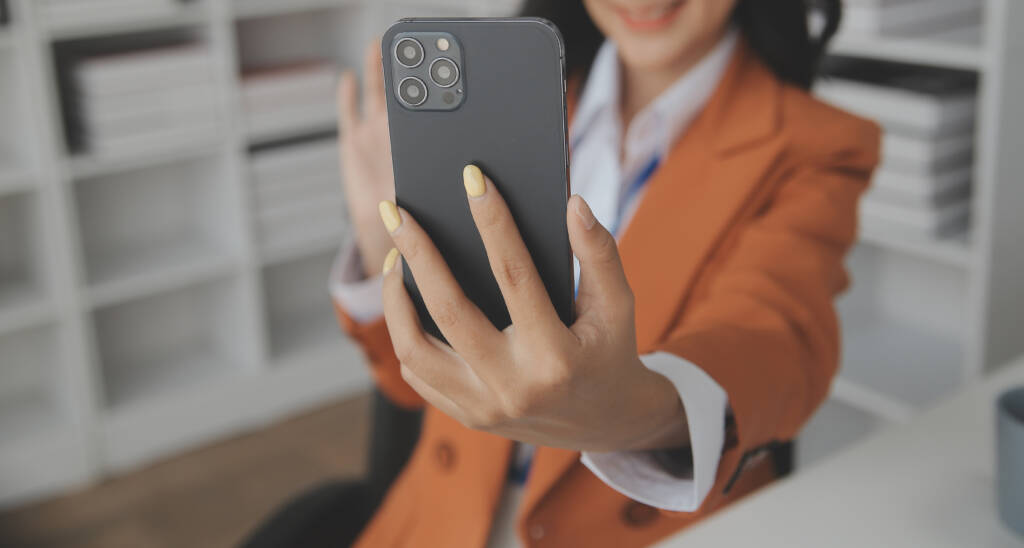
As technology continues to evolve, so too will the field of UX design. By staying on top of emerging trends and embracing innovation, designers can create products that not only meet users’ needs but also exceed their expectations.
